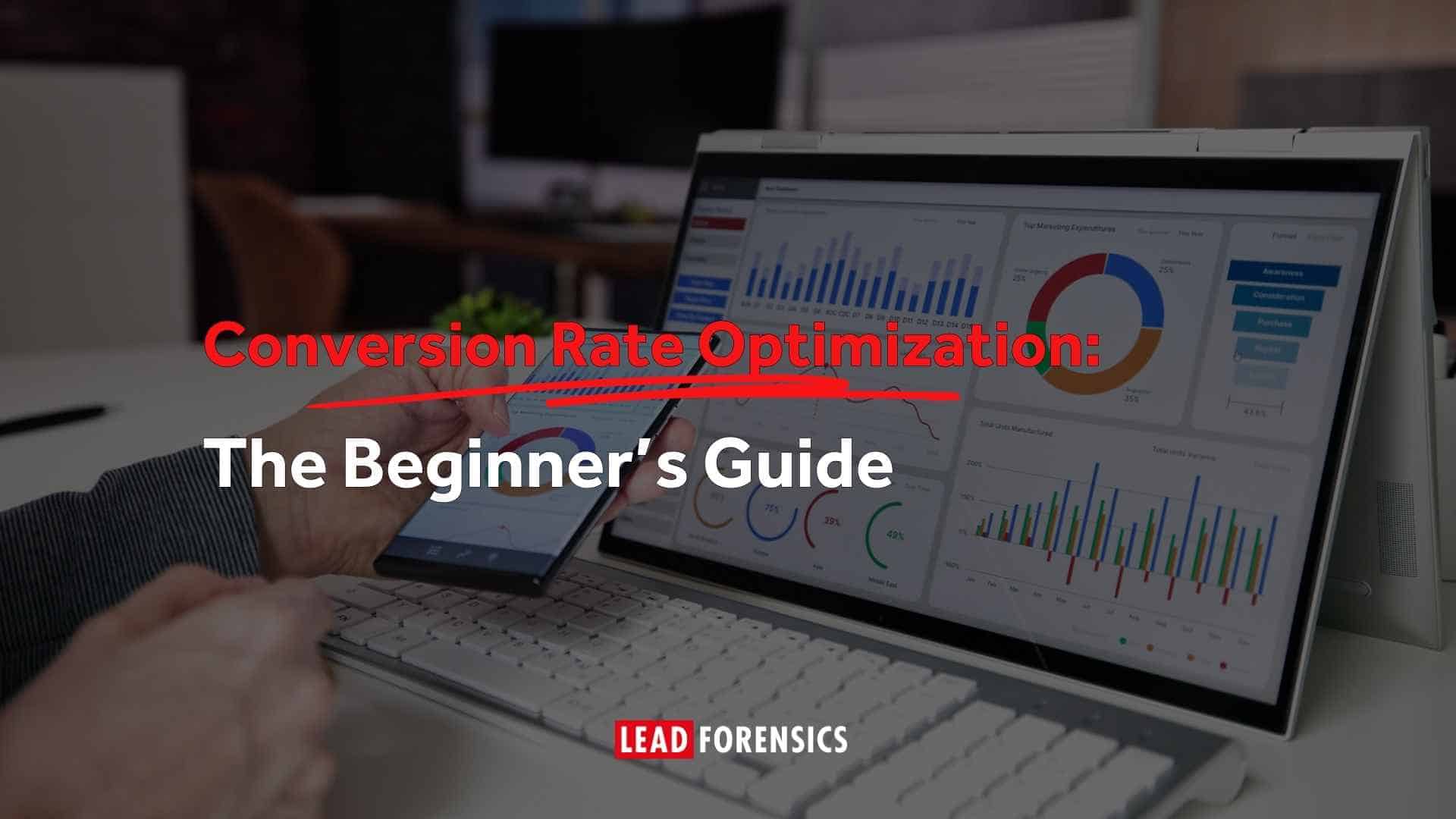But first of all – What is churn rate?
In order to reduce customer churn rate, we first need to understand what is meant by churn rate.
By churn rate we mean the rate at which your customers end their relationship with you or decide to go elsewhere. This rate can be crucial for your future business growth plans and can be a good indicator that elements within the business need looking at.
Losing clients isn’t always about the service, products or relationship though, there will naturally be some movement here for most businesses.
However, keeping tabs on the clients who leave you can in itself be an eye-opener. Make sure you are keeping detailed records of who is leaving, when and for what reason. What is their feedback – and are you always on top of asking for it? Are there any patterns? Is there an area of the business that needs attention or improvement?
Knowing the average time clients stay with you will also aid you in working out the lifetime value of a client, which will help with your forecasting. Plus you’ll have a figure or percentage you can compare against if you decide to implement any changes, giving you one way to monitor if things have improved.
Reducing customer churn rate can be beneficial on many levels, not least of which when it comes to your bottom line.
Why do customers churn?
Customers leave businesses for several reasons. These might include:
- They found something better than what you have to offer
- You didn’t deal with their complaints
- The product isn’t up to their expectations
- Poor customer service
- They can’t afford your product or service any more
- Changes to the product or service that no longer fit their needs
- Clients making a switch in direction
- Industry or government changes having an influence
- Mergers or acquisitions
- They’re not getting the customer support they need
These are just some of the common reasons, and while sometimes it’s out of your hands (budget issues, mergers), a lot of these things can be easily resolved if you know how to spot them early.
In this guide, we’ll help you to formulate customer retention strategies to manage and reduce customer churn rates.
Now you know why customers churn – so let’s get into how you can reduce it.
1: Set customer expectations – and nail them!
Don’t promise the Earth if you can’t then deliver it. The last thing you want is a massive disconnect between the first impression you gave to a new client and their expectations for what it is going to be like working with you, and a far less polished reality.

They’re not going to stick around long if that is the case. Make sure all areas of the business are aligned and in sync. Set realistic and deliverable expectations, then try to exceed them.
If you’re always looking at ways to add value and striving to improve your product, service and delivery, then you won’t go far wrong in reducing customer churn.
2: Listen to customers to reduce customer churn
There is no better place to canvas feedback and opinion on your products and services than from your current customers. Everyone in the team should also be encouraged to record any comments, ideas, moans or niggles that customers share with them.
If you can build a culture of openness and transparency then you may hear about any issues far earlier than you would if team members feel reluctant to highlight problems.
Getting this info early means you have more time and a better chance of fixing it. If done successfully, active listening can be transformational for a business and reducing churn rate.
3: Identify Your Weaknesses
When you review your customers’ feedback you’ll be able to determine what your business’ strengths and weaknesses are.
Listen to the complaints your customers make. This may help to reveal bigger problems your products might have.
Once you’ve identified them, you can get started on making the necessary improvements.
Strive to address all issues raised by customers to better your product and retain your customers.
4: Look out for indicators a customer may leave you
If you know your customers really well then you may get a gut feeling when something’s not quite right and you’re at risk of losing them. But often by this point it may be too late. One way you can combat this is to be aware of indicators that may give you a heads up that a customer isn’t satisfied.

Customer satisfaction surveys are one way to do this. By asking a few standardised questions regularly you will be able to compare answers and monitor any changes.
Whether someone would be happy to recommend you to others is one of the most telling questions you can include. If you see any drop or changes in opinion then you will have a warning sign to jump into action.
Another thing to look out for, that can be (but isn’t always) a red flag, is a change in customer behaviour with no obvious reason, such as them becoming very hard to reach and meetings or calls being cancelled.
By spotting the signs early, you can act fast and reduce customer churn.
5: Focus on your customer service to reduce customer churn
Poor customer service with even one member of your team can be enough to turn a customer away, no matter how good your product is.

In fact, poor customer service is the leading case of customer churn, making up for about 70% of the reason customers leave, specifically unhelpful staff and slow service.
Everyone in the company needs to know how to speak to customers, whether they’re dealing with them on the daily, answering the phones, or managing the company social media – the customer experience should be consistent.
It’s also important to be responsive and react to queries from customers as quickly as possible. Automating things like your web chat can help improve your response times, and having a customer forum or knowledge base where users can find answers to common questions themselves can help here too.
6: Take a smart approach

For a lot of businesses, solving customer churn means identifying a pool of customers that are most likely to cancel and focusing your efforts on keeping them on board.
However, it helps to segment these customers down further and identify your most valuable customers.
Rather than redirecting time and resources to retaining any customers on the brink of churning, focus your attention on the most profitable customers on the brink of churning.
You can also look into the reasons a customer might be about to churn – you might identify some relatively quick fixes, and you can use this to prioritise.
Sometimes it can be as simple as offering additional training, or reaching out to a new point of contact after someone leaves this business, which can give you some quick wins.
7: Be proactive with communication
It’s important to keep in regular contact and be proactive in your communication and updates. What you never want is a customer feeling they always have to chase you and that they’re always the one initiating contact and pushing to get things moving.
They want to feel you value them and that you are working hard for them – without prompting!
By reaching out to your customers before they need you, you’re demonstrating that you’re invested in helping them get the most out of your product or service.

8: Offer incentives to reduce customer churn
Give customers a reason to stick around by offering them something special — a promo, discount, loyalty program, etc. This small effort can go a long way when it comes to showing your existing customers how much you value their business, and will help to reduce customer churn.
When determining when to surface these incentives, there are a few things to consider. For one, you’ll want to think about the customer’s timeline: If they are approaching the end of their contract and you’re worried they might not renew, providing a discounted renewal rate could be the push they need to stick around.
Another thing to consider is the customer’s needs. If you predict that a customer is going to cancel after realizing that your product or service isn’t what they were looking for, incentivize them to stay onboard while you work on building out a feature or strategy that will help them accomplish their goals.
9: Stay competitive
Market conditions are constantly changing — and as new software and technologies enter the space, the needs and demands of your customers will inevitably shift.
Businesses focused on what’s next — trends, technology, and product advancements — position themselves in a good spot in terms of avoiding disruption or “the next big thing.”
And while keeping your product or service on the cutting edge is important, it’s also important that your customer success and support efforts remain relevant. To ensure your competitors aren’t lapping you, do some sleuthing and take note of their customer success initiatives.

Are they responsive to questions on social media? Do they have live chat enabled on their website? Do they have an extensive knowledge base?
Taking cues from their strategy can help your business better serve customers and retain their loyalty, reducing customer churn.
10: Create a customer community to reduce customer churn
Customers are loyal to brands that have built a community around their products, service, and customers. Consider engaging with customers by creating a forum or a Facebook group.
This gives them a place to ask questions, share best practice using your product or service, and share feedback.
You can also plan events for selected customers to let them know you value them. When you create a community, customers tend to stay more loyal if something goes wrong, reducing customer churn.
11: Improve your onboarding process
Getting started with a new product or service can be overwhelming. And if a customer can’t figure out how to navigate your product or service right out of the gate, they’ll likely lose interest.
To ease the transition, it’s helpful to set up a new customer onboarding process or roadmap to guide new customers through your product or service’s features, functionality, and process. This approach makes it easier to manage customer expectations while giving you complete control over the pace at which you’re surfacing more information.
Customers that feel empowered to achieve success with the help of your business are less likely to leave, so it’s important that you’re constantly monitoring and improving on your onboarding process, keeping an eye out for snags or blockers to successfully reduce customer churn.
12: Reduce customer churn with relationship marketing
Give your customers reasons to keep coming back by showing them the day-to-day value of using your products, by making your products, services, offers, etc. a part of their daily workflow.
So, how do you go about it?
For starters, provide ample and versatile content about the key functional benefits of your product and offer regular news updates, such as announcements of deals, special offers or upcoming upgrades.
Don’t focus all of your marketing efforts on potential new customers. If you have a wealth of content like blog posts and eBooks that your existing customer base could use, share it with them. By offering training even after the customer onboarding, you can keep customers engaged and reduce customer churn.
You should engage with your customers on all channels, but according to a recent report from Marketo, the most efficient customer engagement channels for B2B companies to reach out to their existing customer base is through email marketing.
It’s also important to keep your customers up-to-date on new products and features so they know you’re always working to improve the service they’re getting.
Thank you
Thank you for reading our latest best practice guide on our Sales Blog – ‘12 proven strategies to reduce customer churn in 2025’. We publish fresh content every week, so please subscribe for alerts, or come back again for more.
In the meantime, you may be interested to read “Sales conversion secret: Business IP tracking“
And, if you’re interested in knowing who is visiting your B2B website, you can request a demonstration of Lead Forensics here.







